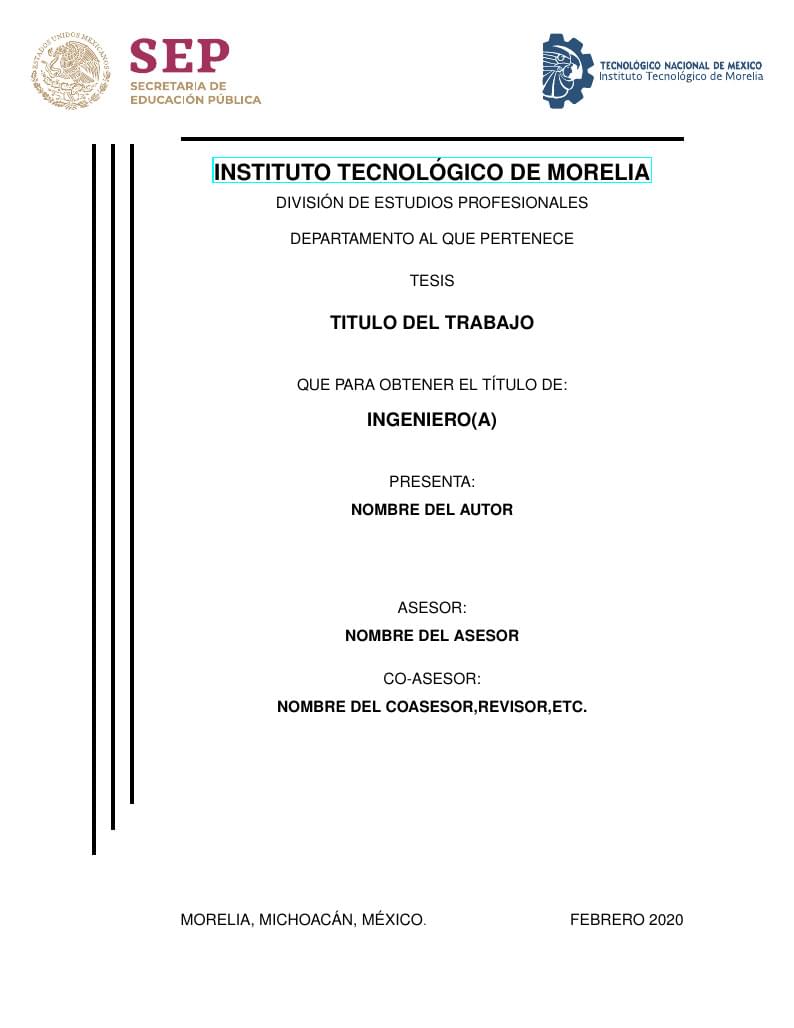overleaf template galleryLaTeX templates — Recent
LaTeX templates for journal articles, academic papers, CVs and résumés, presentations, and more.

A multi-page CV template with left sidebar. The page breaks are realized using the paracol environment. Thanks to Ilya Rumyantsev for contributing idea and credentials. Taken from https://github.com/jankapunkt/latexcv.

Aalto University bachelor's, master's and licentiate thesis template, as retrieved on 30 May 2017 with minor modifications to the English latex file for compilation. Select either Finnish or English `.tex' file as main file and add in your content. Submitted after a written agreement with the current maintainer of the original files. COPYRIGHT 2015, by Luis R.J. Costa, luis.costa@aalto.fi. Swedish translations (2014) by Elisabeth Nyberg, elisabeth.nyberg@aalto.fi and Henrik Wallén, henrik.wallen@aalto.fi. changes by Perttu Puska perttu.puska@aalto.fi. URL: https://wiki.aalto.fi/display/Aaltothesis/ Aalto logo package is used under terms of Creative Commons Attribution No-Derivative license. The attribution details are as follows: Copyright: Aalto University Marketing and Communications visu(a)aaltouniversity.fi Created and maintained by: Tapani Pihlajamäki and Jussi Pekonen Department of Signal Processing and Acoustics Aalto University School of Science and Technology Maintained (2017-) by: Martin Vermeer Department of the Built Environment Aalto University School of Engineering URL: https://wiki.aalto.fi/display/aaltolatex/

Modelo para ser utilizado como referência pelas equipes participantes da Competição SAE Brasil Aerodesign

Classic CV one-page template, from https://github.com/jankapunkt/latexcv

Plantilla para tesis de licenciatura con los requerimientos del departamento de estudios profesionales del Instituto Tecnológico de Morelia (no oficial)

A template for creating a PhD thesis following the guidelines from UoB. Created 2020. main.tex is the top level for the document. Chapters are created in their own chapter folder. packages.sty is where packages etc. are defined. Contains a lot of functionality and customisable options, everything can be altered as desired.

Article submission template for Continua (developed from dgl-journal)

This is PhD Thesis template from Dept of Applied Mathematics, Illinois Institute of Technology.

A LaTeX template for CVs considering tips from https://www.youtube.com/watch?v=BYUy1yvjHxE Also with dark theme functionality, hosted at https://github.com/wilmeragsgh/resume
\begin
Discover why over 20 million people worldwide trust Overleaf with their work.